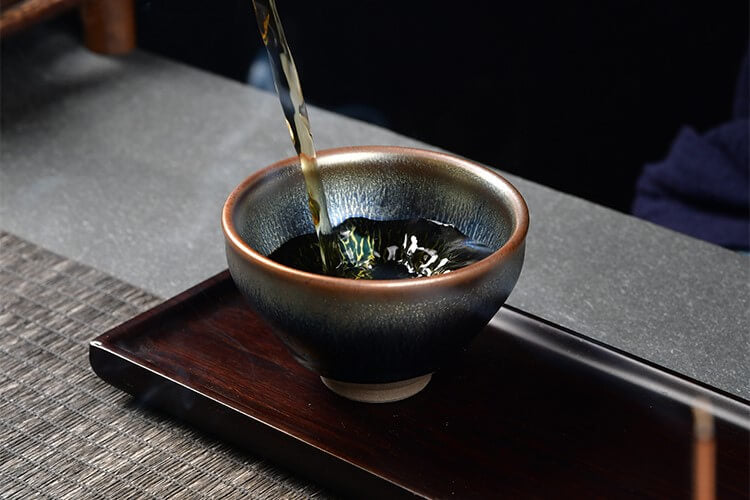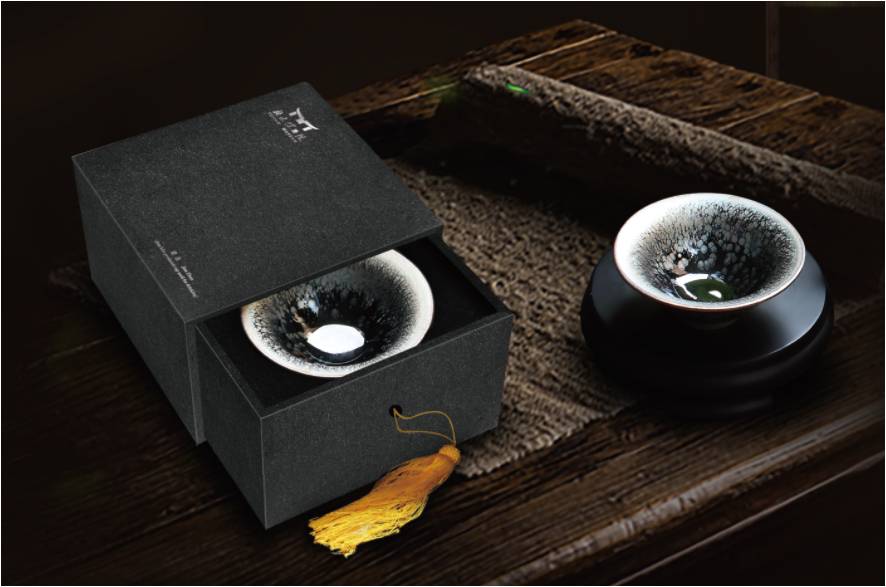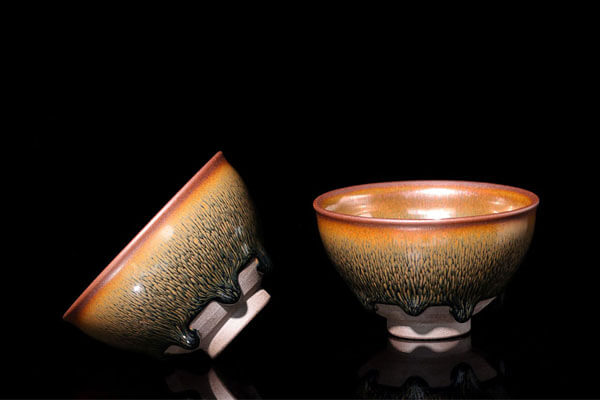A Tasting and Brewing Guide to Jingmai Ancient Tree Raw Pu’er: Discovering the Sweetness and Fragrance of the Mountain
As one of the core producing regions of Pu’er tea, Jingmai Mountain is celebrated for its ancient tree raw Pu’er, beloved by tea enthusiasts for its distinct sweetness and rich mountain character. For those encountering Jingmai raw Pu’er for the first time, understanding its defining traits and mastering proper brewing techniques is essential to fully enjoy this natural gift from the primeval forest.
This guide explores the unique qualities of Jingmai ancient tree raw Pu’er—its flavor profile, brewing techniques, and tasting experience—helping you unlock the mountain’s fragrance and sweetness in every cup.

1. Core Characteristics of Jingmai Ancient Tree Raw Pu’er: The Sweet Code of the Mountain
The allure of Jingmai tea lies in its unparalleled growing environment and centuries-old artisanal methods. Each sip carries both the freshness of the mountain air and the richness of time.
(1) Taste and Aroma
-
Sweetness: Jingmai raw Pu’er delivers an immediate cooling sweetness, not sugary but like spring water spreading gently across the tongue. The sweetness lingers, rebounds after swallowing, and encourages saliva production—an iconic feature distinguishing Jingmai from other Pu’er regions.
-
Aroma: This tea is famous for its orchid and honey fragrances, woven into what’s often described as Jingmai’s “wild mountain aroma.” Dry leaves, hot brews, and cooling cups reveal distinct layers, from high and refreshing to warm and lingering, with a memorable aftertaste that defines Jingmai’s signature fragrance.
(2) Craftsmanship and Leaf Appearance
-
Traditional Pressing: Jingmai raw Pu’er often uses traditional stone-graphite pressing instead of mechanical methods. This gentler process preserves the tea’s structure, aroma, and active compounds, providing a strong foundation for aging.
-
Appearance: High-quality Jingmai leaves are intact, plump, and tightly twisted, with a natural dark green hue and silvery white hairs. A high bud ratio and neat presentation indicate both nutrient richness and authenticity.
(3) Aging Potential
Certain Jingmai varieties, particularly purple-bud ancient trees, show remarkable aging potential. With proper storage (ventilation, stable humidity, and protection from light), the flavor evolves: bitterness softens, sweetness deepens, and complexity increases. Many tea drinkers practice “drink while you store,” enjoying both the fresh vibrancy of young tea and the evolving richness of aged tea—an experience that highlights the collectible value of Jingmai Pu’er.
2. Brewing Jingmai Ancient Tree Raw Pu’er: Controlling Flavor with Precision
The sweetness and aroma of Jingmai tea are best expressed through careful brewing. Every step—from preparation to infusion—directly shapes the experience.
(1) Preparation
-
Warm the Teaware: Rinse the gaiwan, fairness cup, and tasting cups with boiling water. This removes residual odors, stabilizes temperature, and allows the tea to open evenly.
-
Measure the Tea: For a 150 ml gaiwan, use 5–7 g of dry leaves; for a 200 ml teapot, 7–9 g. Too much can result in bitterness, too little in a weak soup. Beginners may start small and adjust to preference.
(2) Brewing Techniques
-
Awakening the Tea: Since Jingmai cakes are often loosely pressed, rinse quickly (about 3 seconds). Pour water gently along the gaiwan’s rim, then discard the rinse to avoid bitterness. This prepares the leaves for full infusion.
-
Pouring Water: Use a moderate stream (roughly chopstick thickness) for stability. In the first three brews, a higher pour (15–20 cm above) helps release the orchid and honey aromas more vividly.
-
Steeping Time: Control the first three infusions tightly at 3–5 seconds. From the fourth brew onward, extend steeping by 2–3 seconds each round, balancing flavor and aroma while maintaining rhythm.
(3) Tasting the Tea
-
Infusion Strength: Jingmai raw Pu’er can withstand over 10 brews. Early cups are vibrant and sweet; mid-brews soften into warmth; later infusions retain a gentle lingering sweetness.
-
Soup Color: The liquor begins bright golden-yellow, deepening gradually to amber. It should always remain clear and transparent.
-
Aroma Evolution: Orchid notes dominate the first three brews, then honey fragrance emerges, blending with wild mountain tones. Even the empty cup retains sweetness long after.
-
Taste Experience: The soup is soft, smooth, and cooling, gliding like silk. Sweetness spreads quickly and rebounds, leaving the mouth refreshed, moist, and relaxed—hallmarks of Jingmai’s character.
3. Who Will Love Jingmai Ancient Tree Raw Pu’er?

With its hallmark sweetness, elegance, and softness, Jingmai tea appeals to a wide range of drinkers:
-
Sweetness seekers: Perfect for those who enjoy naturally sweet, refreshing Pu’er with lingering honey notes.
-
Beginners: Its gentle profile makes it more approachable than bitter, robust raw Pu’ers.
-
Aroma enthusiasts: The layered interplay of orchid, honey, and wild mountain fragrance offers rich sensory enjoyment.
-
Collectors: With excellent aging potential, especially in purple-bud varieties, Jingmai tea is ideal for both drinking and collecting.
Conclusion
To brew Jingmai ancient tree raw Pu’er is to engage in a dialogue with the mountains themselves. Each infusion reveals the sweetness, fragrance, and timeless charm carried by centuries-old tea trees. By understanding its characteristics and mastering brewing techniques, you can unlock not just a cup of tea, but the essence of Jingmai Mountain—nature’s gift preserved in leaves and released with every pour.






